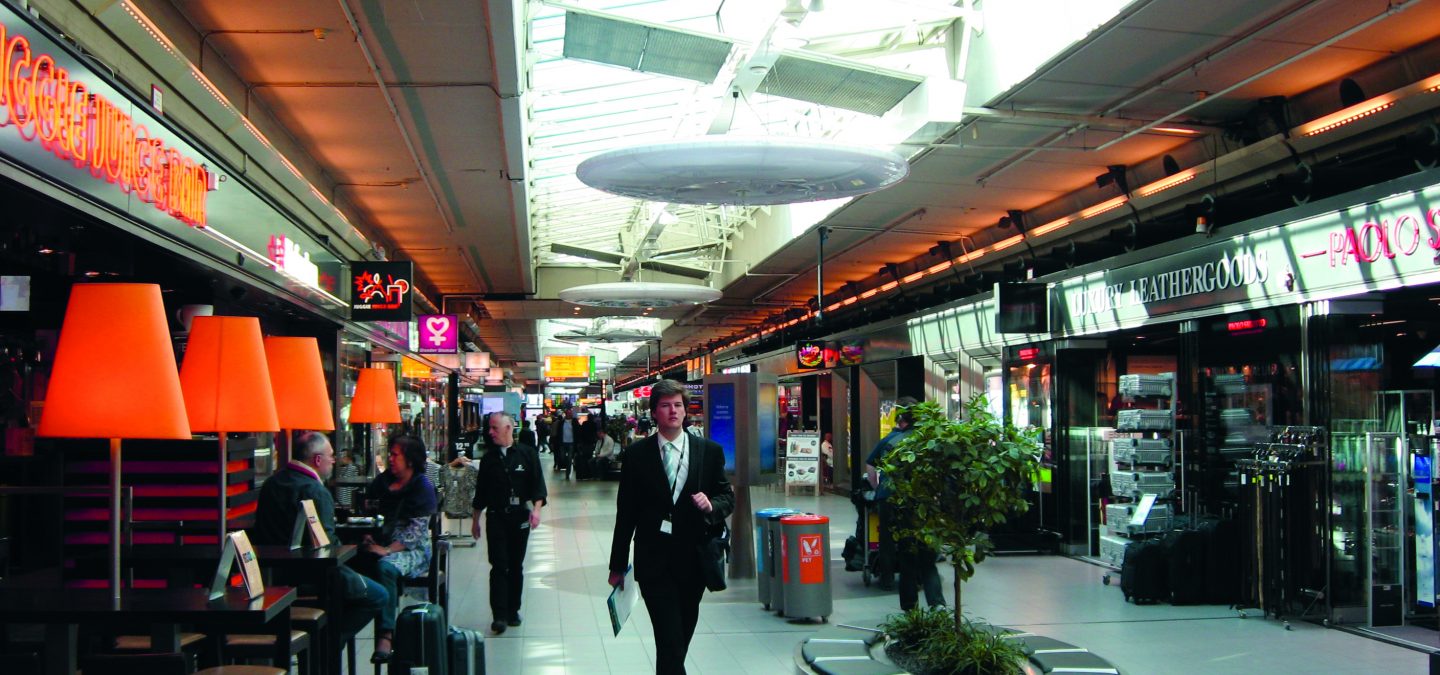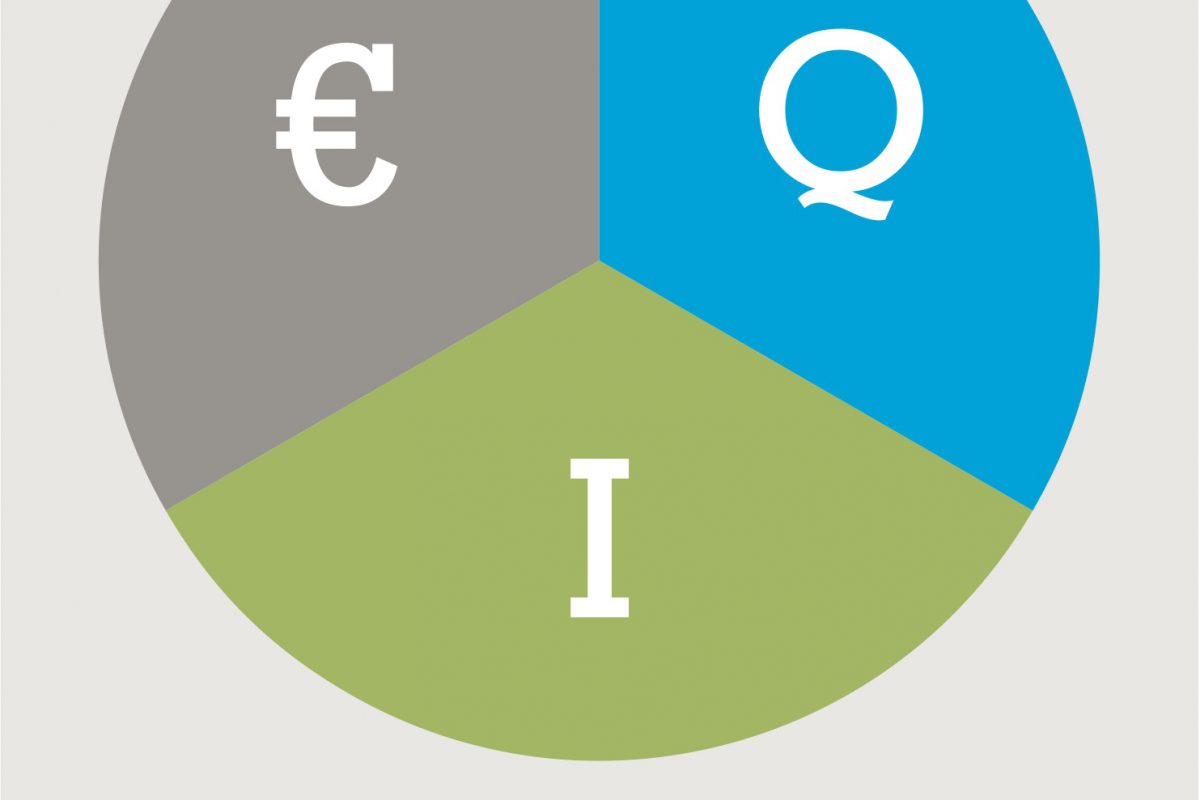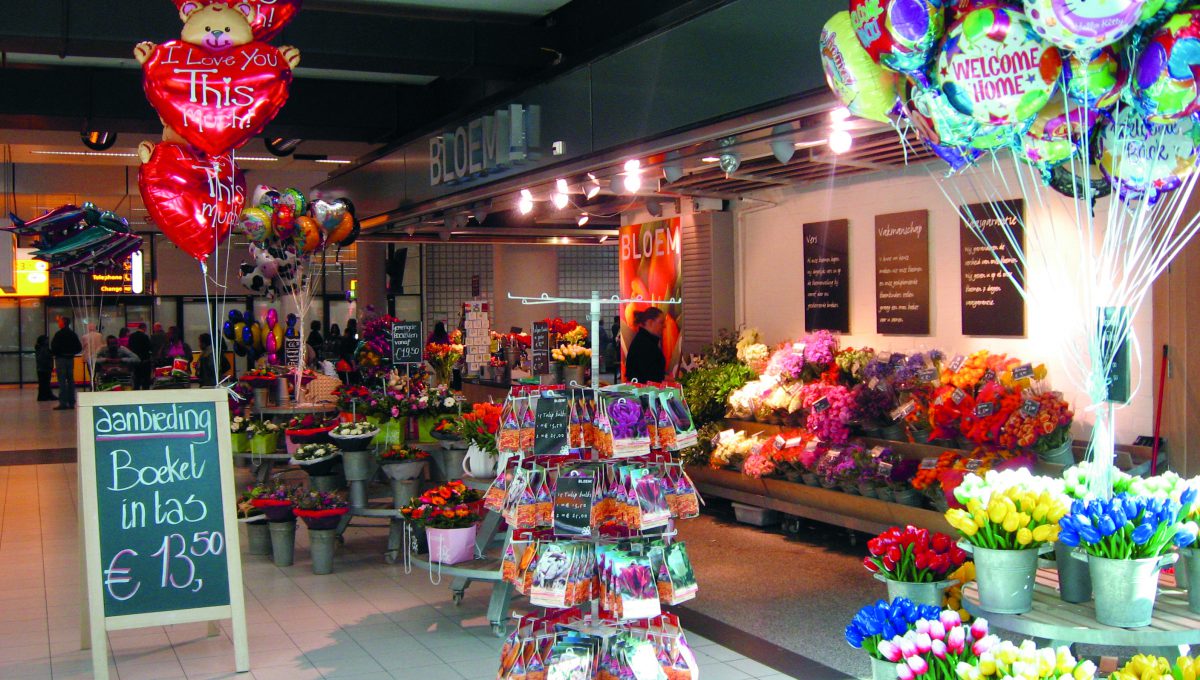
Keep up with our latest news and projects!

I was at Schiphol for 11 years, first in baggage and passenger services and then in commercial. When I transferred to commercial, my main task—to put it bluntly—was to increase profits and leverage possibilities among the retailers, food and beverage, and service providers (like banks). I brought along my interests and skills in the fields of traffic patterns and volume, and passenger profiles.
Schiphol, at that time, was losing track as one of the most innovative airports in the world and like I said, I was brought on-board to increase revenues. I thought, if we solely focus on the money—the Euros—the best thing to do is to renegotiate contracts. But that’s a quick fix. It’s not sustainable in the long run. What about quality? I wanted to know how we performed on quality levels. Through data collection, we discovered that, even though we were increasing retail space for food and beverage, turn-over and revenues were relatively decreasing. At the same time, our customer satisfaction was also gradually decreasing, especially with food and beverage. The missing link was quality—and this was easy to convey to my superiors and quite easy to change.
The hard part was what came next: if the revenue is in place and the quality is in place, how do we still compare to other major airports? The answer to that was image. We needed image-builders. This approach makes sense. The image part of the equation takes into account the user’s experience. And the idea behind a well-balanced portfolio is to create added value that can be measured in terms of revenue, quality, and image.
It’s very difficult to measure image or the return of invest of an image-builder. In the beginning we tried to calculate this at Schiphol, but it was a lost cause. By building identity, the idea is to become more attractive and to entice users. Image-builders contribute to revenue as much as quality. If you want to be successful, it’s more than revenue generators to build a solid and viable portfolio—it’s image and quality.
One thing we did at Schiphol, for example, was create a dedicated baby-care lounge that generated no revenue what so ever, but contributed significantly to the airports exposure. Schiphol also recently opened the airport park. It was difficult to convince upper management of these image-builders but what it came down to was how we could create a portfolio that meets customer demands. We needed to be different than the others. And this was different.
The work of WYNE Strategy & Innovation, the consultancy firm I established after I left Schiphol, focuses on what’s inside the plinth. Not only can public space increase the quality and perception of the plinth, but also the uses within the plinth, whether that is retail, food or beverage, or living space.
Using the image-building approach, the idea is to create added value. If you look at my approach, I always start with the (sometimes latent) wants and needs of the customers. On one hand, the customer wants convenient and functional retail. They want their grocery store and somewhere to buy their everyday needs. On the other hand, customers also want to be surprised. They want to experience something.

 Schiphol
Schiphol
Shopping streets are very different from locations like Schiphol, mostly because places like this have only one owner while shopping streets have multiple owners with their own individual shops. People are becoming more aware of the need to bring in additional, unusual propositions to create an attractive, unique environment. In the end, it should be a mix of uses that contribute to revenue, quality, and image. Image builders are the local heros. Local heros play a significant role – small mom and pop stores, local creatives, characteristic startups. Why not have a small, nice local grocery store in the same street as a high fashion store? These kinds of shops will not bring in big bucks, but create the specific identity. Big chains can play a nice”need to be there” role, but it’s the smaller shops and spaces that are the real imagebuilders. As maturing shopping streets which often started off like “no go areas” and in time matured into attractive off-high street dwell-shopeat environments, become more attractive for property owners, big box retailers and investors, one should be cautious with new entrants in the street. Sure you can bring in a high-traffic money making retailer, but then use a scheme that takes part of the revenue from that location to facilitate a smaller scale conceptual store. This increases the quality level of your space.
We first use data from customer experience surveys, and then we experiment; it’s trial and error. You need a creative team that can think conceptually. You also need your own personal experience, and create partnerships and coalitions. It’s a viable approach and more sustainable than just looking at revenue-only methods. But it takes a strong backbone to stick to the concept and maintain the original identity.
Interested? Join The City At Eye Level and share your story!
Discover moreWe’re not only seeing this approach in shopping streets, airports, and railway stations—we see this in our daily lives. How are public spaces and third places adding value to our lives? It’s not necessarily money-based. With the economic situation, we have to come up with new business models and this is one of them: functional and emotional added value.